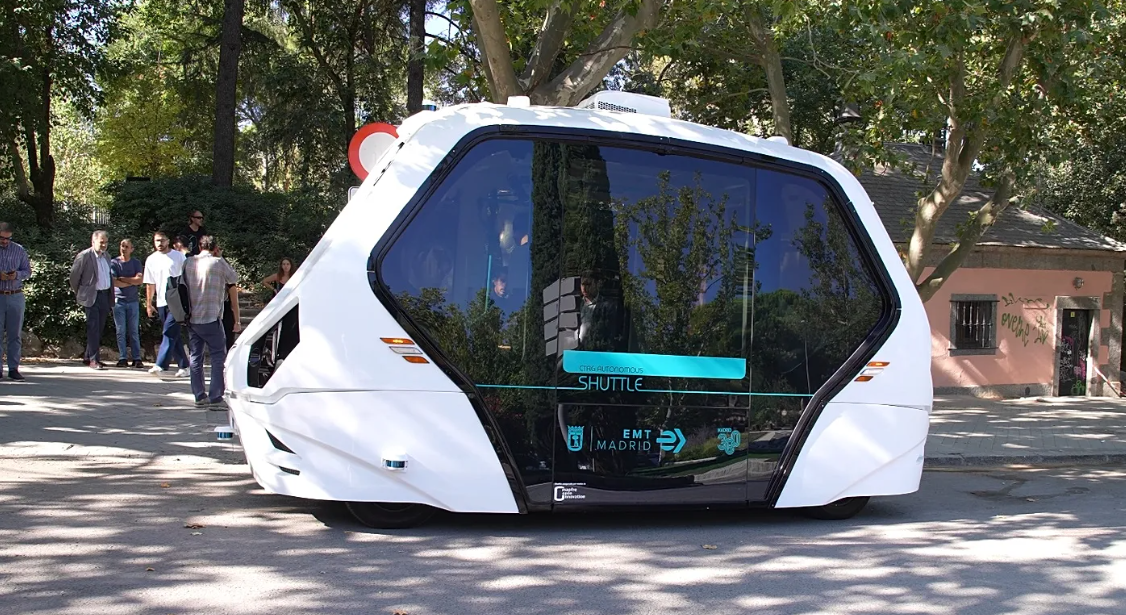The Spanish capital, Madrid, is taking a major step into the future of urban mobility with the launch of its first-ever fully autonomous bus pilot project. Since September 15, an electric minibus manufactured and integrated in Spain has been circulating in the city's Casa de Campo park, offering passengers a glimpse of a driverless public transport system.

The test, a collaboration between the Municipal Transport Company (EMT) and the Automotive Technology Centre of Galicia (CTAG), is a key part of Madrid's European Mobility Week activities and is set to run until October 24.
The Pilot Program: Free, Electric, and Autonomous
The vehicle being tested is a small, 100% electric minibus with a capacity for 12 passengers. It operates on a free, circular route covering 1.8 kilometres with six stops, running from Monday to Friday between 12 p.m. and 5 p.m. The primary goal is to assess the performance of the vehicle's cutting-edge systems under real, open traffic conditions, navigating alongside cyclists, pedestrians, and other vehicles.
Despite its driverless nature, a safety operator is always on board. This is not only a regulatory requirement in Spain but also a safeguard, allowing an operator to monitor the journey and intervene in case of emergency, such as opening doors or manually braking.
A Made-in-Spain Brain
While autonomous vehicle components often come from various international suppliers, this project proudly features Spanish expertise. The assembly, software, and systems integration—the "brain" of the vehicle—were all developed by CTAG in Galicia.
The minibus operates at a high level of autonomy, Level 4, meaning it can handle nearly all driving situations independently. It uses an advanced array of sensors, cameras, and GPS to navigate, recognising:
- Roads and traffic lights.
- Cyclists and pedestrians.
- Any object, from a bicycle to an animal, reacts accordingly to avoid collisions.
EMT officials have expressed enthusiasm for the vehicle's dynamic behaviour, noting that the technology is "very well integrated" and does not behave "erratically or robotically."
The Future of Urban Mobility
This pilot goes beyond a simple technological demonstration. It serves as an exploration of how autonomous vehicles can complement and enhance existing public transport networks. While the lack of professional drivers is a growing problem in many parts of Europe, Madrid's focus is on improving safety and efficiency.
Experts believe these small, autonomous shuttles won't replace the large 12-meter city buses, but rather serve as a solution for specific public transport challenges. They are perfectly suited for:
- Short-distance routes (1-5 km).
- Operation in constrained areas like university campuses, industrial parks, or city centres, where large vehicles are impractical.
With cities across Europe, including Paris and Stockholm, also experimenting with autonomous mobility, the results of Madrid’s pilot will be crucial in determining the path forward. It appears the journey towards a smarter, more efficient public transport future is well underway.